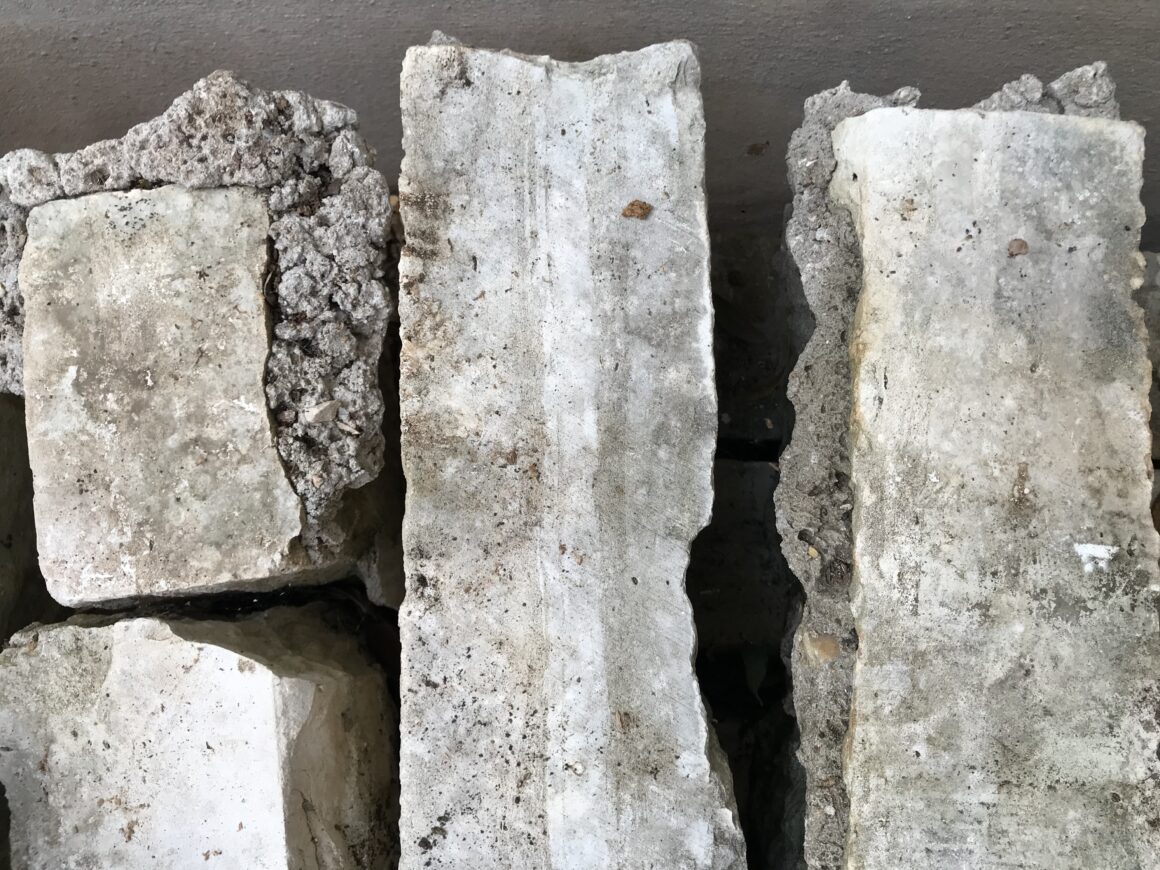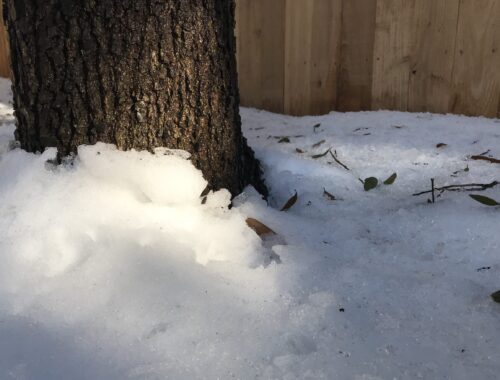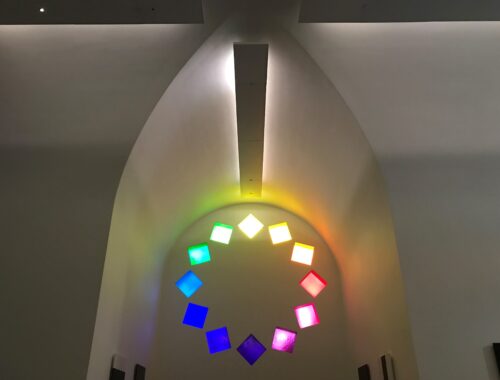
What a Sledgehammer Taught Me
Immediately after I graduated from college, I joined my general contractor dad and one of my sisters on a construction site in Atlanta. My dad and his team of us two young women renovated a space at the edge of a strip mall parking lot, converting it from one restaurant to another, both outposts of different small chains of country-style eateries. It wasn’t the first time I’d labored on a site with my dad, but I came away from that particular experience with a number of lessons, one of which is: Destruction is a lot easier than construction.
That summer, I wielded a pneumatic jack hammer to rip out sidewalks and parking spaces and a sledgehammer to knock down walls. Within minutes, my sister and I could reduce a significant space to rubble, ready for us to clear the broken pieces to the dumpster. Creating the new design was far more time consuming, requiring planning, strategy, skill, coordination with subcontractors and inspectors, patience, and care for each other and the process. Wrecking something is wilder, headier than building: you can crank the tunes, feel loud and powerful, witness the dramatic results within minutes. Destruction appeals to a simple sense of awe, to our base draw toward immediate gratification, to a seemingly efficient cost/benefit (so much result for so little effort!). Construction is nobler, both more demanding and more satisfying; it’s slower, quieter, calmer. Done right—and that can’t be assumed for construction, given the requirements of competence—its results seem inevitable, reliable, solid, abiding.
A lot can be destroyed relatively quickly with crude, unskilled, even spontaneous gestures made with a match, a bullet, a signature, a tweet, but understanding and trust, methods and wisdom—for coalitions, accords, agreements, movements, and progress—take work and consensus to build. Here’s to the builders among us and the rebuilding project ahead.




